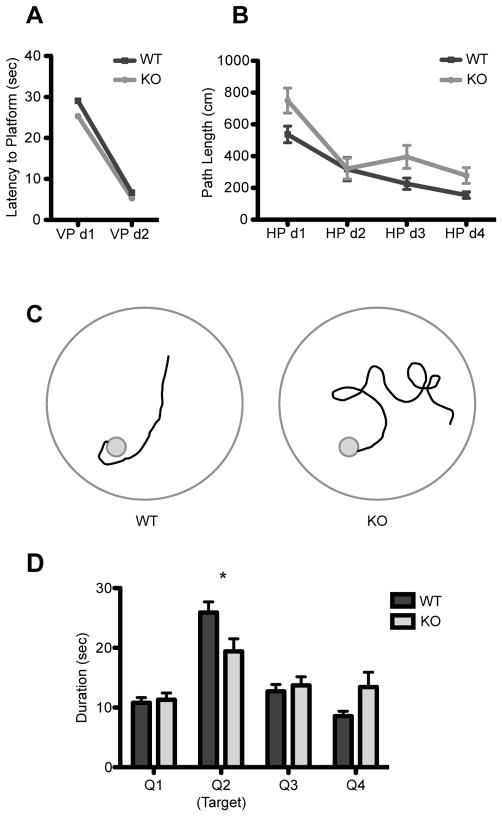FIGURE 1. Spatial memory impairments in GluK4 knockout mice.
(A) Wild-type (n = 13) and GluK4 knockout mice (n = 12) did not differ significantly in their latency to reach the escape platform during the visual platform trials of the MWM, indicating that GluK4 knockout mice had no inherent deficits in vision, swimming ability, or motivation to reach the platform. VP, visual platform.
(B) The trajectory to reach the escape platform in hidden platform trials of the MWM was significantly longer in knockout (n = 12) versus wild-type mice (n = 13), despite overall decreases in path length in both genotypes. HP, hidden platform.
(C) Representative traces of search strategies used by wild-type and GluK4 knockout mice on day 4 of hidden platform trials highlight the difference in swim trajectory between wild-type and GluK4 knockout mice.
(D) During the probe trial, in which the escape platform was removed from the pool, wild-type mice (n = 13) spent significantly more time in the target quadrant than the knockout mice (n = 12) did. Data represent mean ± SEM. *p < 0.05, ***p < 0.001.

